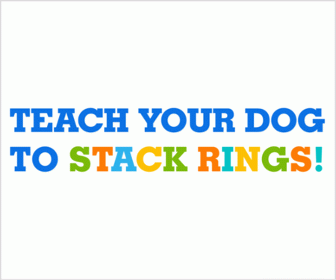Most people's biggest pet peeve is when their dog has a destructive streak at home, much more so than when the dog actually attacks. A little dog, given the chance, can cause significant harm.
Homeowners have returned to discover their belongings strewn about the place, smashed windows, trash scattered haphazardly, and drapes and cushions ripped open. When dogs go on a rampage, they often relieve themselves and urinate wherever they like as well.
An awful mess is made, and the dog is put in harm's way. Dogs on the prowl will devour whatever they can get their mouths on, including sharp objects, clothing (one vet I know had to conduct surgery to remove a pair of men's underwear from a dog's stomach), rotting food, and the stuffing from upholstered furniture.
No matter how clever
you think your dog is.
You can unlock their
hidden intelligence quickly and easily. I’ll explain everything on this page...
Click here
The costs of veterinarian care and furniture replacement are just the beginning after a destructive spree like this.
The root of the problem is that the destructive dog is lonely and suffering from severe separation anxiety, which is why there are no humans available to stop the destructive incident.
A dog's only outlets for the tension and panic it's experiencing are destructive howling, barking, and messes. Of course, it's no consolation to find that your dog has wreaked havoc on the house because he or she misses you, but there are measures you can do to avoid this from happening again.
Your dog and house will be safer if you crate train it. However, just because you give the dog a crate doesn't mean it will be happy within.
Start by acclimating the dog slowly and making sure the crate is big enough for the dog to spin around in.
Put some comfy bedding, some toys, and some treats inside to entice your dog to go in there. It's fine to leave the crate door open and let the dog stay in there for as long as it likes. Complement the dog profusely for remaining crated.
Once your dog seems comfortable inside the crate, try closing the door for brief periods. Leaving the dog in its crate while you leave the house for a short time is a good first step.
The dog should be ignored until it stops whining or barking, at which point you should go in and pet it. If the dog is silent while you walk by, you can give him a treat. Read also: Using
an Electric Dog Training Collar to Train the Recall
Training your dog to stay in a crate will provide you peace of mind when you have to leave the house, but no dog should be placed in one for more than 3 or 4 hours at a time.
If you have to be gone all day, have a friend or pet sitter take the dog out for a walk at least once. Would you like to spend 8 or 9 hours confined in a small room? The same goes for your dog; you can't count on him or her to "hold it" all day.
Bored dogs will also engage in destructive activity. The canines that have been bred and bred throughout the years to perform specific tasks will be the most obvious examples of this.
Some breeds of dog, like the German Shepherd, the Border Collie, the Jack Russell Terrier, and the German Short-Haired Pointer, are highly energetic and need to be kept busy. Read also: Treatment and Prevention of Dog Separation Anxiety
When Jack Russell Terriers originally became popular, many elderly people bought them because they are little and adorable as puppies.
Jack Russells, on the other hand, are hyperactive little balls of electricity that require a great deal of activity to maintain their happiness, therefore they are not a good match for people in their senior years.
Sedentary people who try to keep a high-energy working dog are likely to fail unless they make special accommodations for the animal.
Read more about brain training for dogs in this article… click here
Keeping a high-energy dog occupied and physically active is crucial for preventing disruptive behaviour, as this type of dog may practically tear a room apart in a matter of minutes. For those willing to put in the time, play can yield the same results as labour.
To avoid the doggie blues and stay in shape, try including your dog into your exercise routine. You may even bring your dog with you while you jog, and if you ride a bike, you can use special adapters to attach the dog's leash to the bike.
Get a waggon and a harness for your dog and put it to work in the yard. Bring the firewood back inside with the help of your big dog. Make sure there are pads on the harness to avoid skin discomfort.
Don't lose up on your house breaker just yet; maybe he or she just needs some time to acclimatize to your daytime absence or some additional physical activity. You can avoid crating your dog by making one room in the house dog-proof and leaving it there while you're gone.


